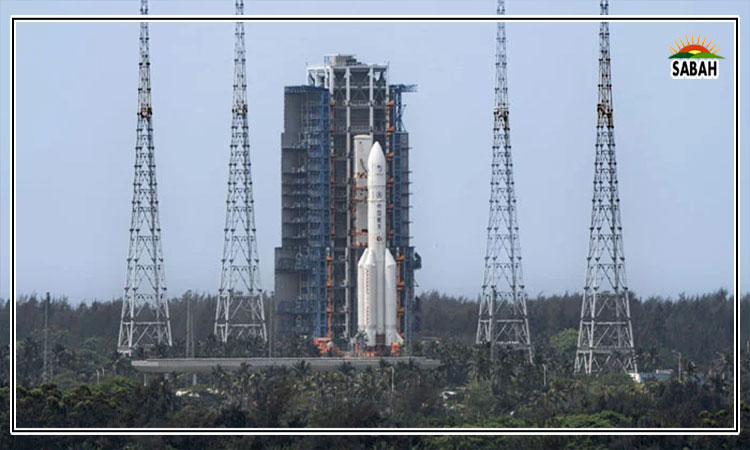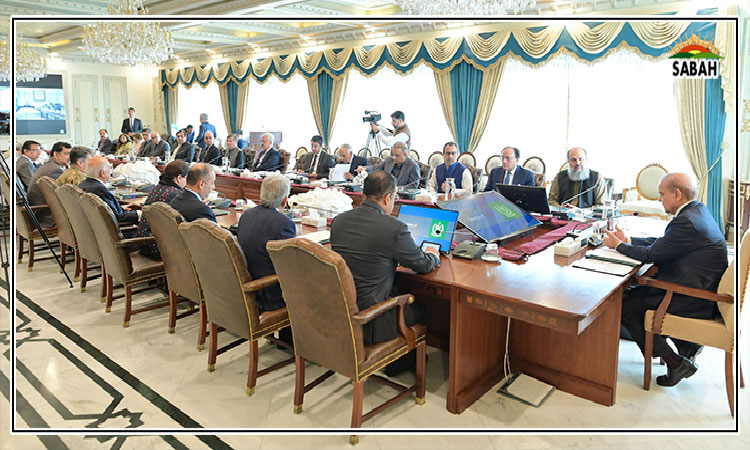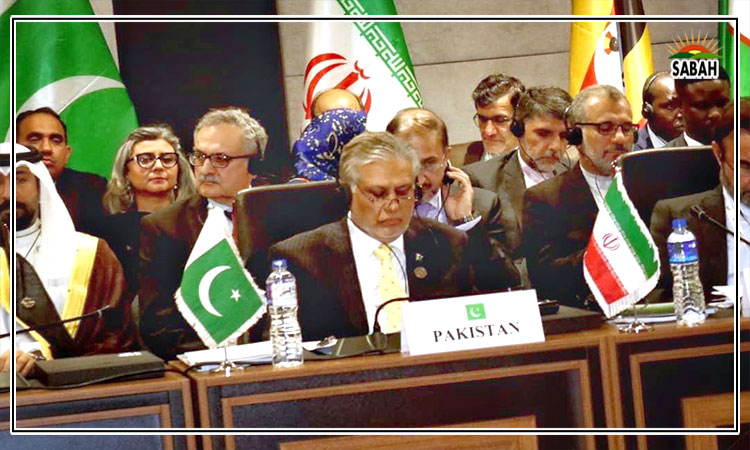Xinjiang and threats of separatism …. Imtiaz Gul
When did the US actually begin toying with the idea of using threats of separatism as a political instrument to make China conform to the world order? Perhaps in the late 1980s? But before delving into detail let us consider the following excerpt from an excellent article (published recently in this space) on Xinjiang by Yang Yundong, the Chinese Consul General in Karachi.
“Xinjiang has long been an inseparable part of Chinese territory. From the Han (202 BC to 220 AD) to the middle and late Qing Dynasty (19th century), the vast areas of both north and south of the Tianshan Mountains in Xinjiang were called the Western Regions. Xinjiang officially became part of China in the Han Dynasty. All dynasties in the Central Plains regarded the Western Regions as part of Chinese territory and exercised the right of jurisdiction over Xinjiang,” wrote Mr Yang Yundong.
Even a 2019 White Paper on Xinjiang rubbishes the notion of ‘Turkestan’, saying this word never existed in these regions. The paper insists that these territories have historically been part of the Kingdom.
Now let us peep into a New York Times article from the late 1991 by Leslie H Gelbnov. It offered a glimpse into the Central Intelligence Agency’s (CIA) plans of using the western and southern periphery of China for what Chinese believe stoking separatist movements and therefore undermine stability in the mainland.
“In an otherwise uneventful Foreign Affairs quarterly article by Secretary of State James Baker, there is a tantalizing sentence about China. Some will call it simply an observation. But according to key Bush Administration officials, it is an observation that could develop into the ultimate sanction — a threat to the territorial integrity of the Middle Kingdom — if Beijing leaders continue to defy new standards of world behavior on arms sales and human rights… Mr. Baker will not play, or even hint at, this ‘card’ in China later this week. It would be too explosive. But Beijing’s rulers know the card is now in the deck, waiting for their next moves on a host of legitimate American grievances.”
James Baker obviously never mentioned this possibility in public but the CIA has had the issue, it seems, very much on its radar. This was the time when China had just begun opening up under the relatively newly inducted Chairman Deng Xiaoping. Subsequent events did provide ample evidence of how the US establishment peddled the issues of ‘unfair trade’ and ‘human rights’ to actually browbeat and pressurise China into accepting the Western ideals of rights and sovereignty, which China and Russia have continuously contested as ‘selective and prejudiced’.
“The development of a large free-market sector,” Mr Baker’s carefully crafted sentence says, “has led to the integration of China’s coastal provinces with Hong Kong, Taiwan and the global economy… On the surface this is merely a statement of an interesting fact. Chinese provinces that have embraced free enterprise have become part of the outside trading world. On the deepest plane, however, it is a statement that can send shivers down the back of Beijing’s ruling gerontocracy. For it suggests that instead of China eventually absorbing Taiwan and Hong Kong, as now prescribed in various solemn agreements, the exact opposite could happen — Taiwan and Hong Kong could absorb the southern tier of China.”
Of course, this could be taken simply as a fair warning of trends. It says to Beijing: make China more attractive. Otherwise the southern provinces and Hong Kong (which reverted to China’s sovereignty in 1997) could become so attached to the outside world that they will refuse to be treated as a part of China.
George Bush and Secretary of State Baker, says Leslie Gelbnov, seemed to be telling Beijing to face an American political fact: rough-and-tumble times lie ahead if China retains its trade practices, persists in selling dangerous missiles and nuclear technology and continues its human rights abuses.
Such language obviously resonated the thinking within the American security establishment. Political blackmail, to put it bluntly, in the cover of rights, trade and defence hardware exports — all in a cold-blooded perusal of national interests.
Beijing’s Response
As subsequent decades demonstrated, nothing deterred the Chinese leadership from pursuing its own path of development and foreign relations.
Beijing’s quiet but resolute response to potential threats to its territorial integrity through separatism was to double down economic development in regions such as Xinjiang.
No surprise that as a consequence, Xinjiang, spread over 1.66 million square kilometers, has seen staggering development in the last 15 years — evident from the 1.9 trillion yuan GDP recorded in 2023. With a year-on-year growth of 6.8%, most of Xinjiang’s economic indicators stand among the top in the country.
Home to some 56 ethnic groups, including the Muslim Uyghurs, the ethnic, religious and cultural diversity as well as economic development have meanwhile turned Xinjiang into a vibrant hub of cultural and economic activity.
Spectacular road and social infrastructure, commercial and residential complexes have expanded across Urumqi — the capital — Kashgar and Korla and not less than any modern western cities.
This also belies the motivated reporting by the western media on Xinjiang. At the same time, Chinese authorities have their counter-radicalisation approach to deal with extremist and terrorist threats posed by groups such as East Turkistan Islamic Movement (ETIM). Zero tolerance for violent groups, say officials, is the benchmark for ensuring a peaceful, inclusive and prosperous society. That is how Beijing has managed to neutralise all sorts of threats.
Courtesy The Express Tribune, April 20th, 2024.












